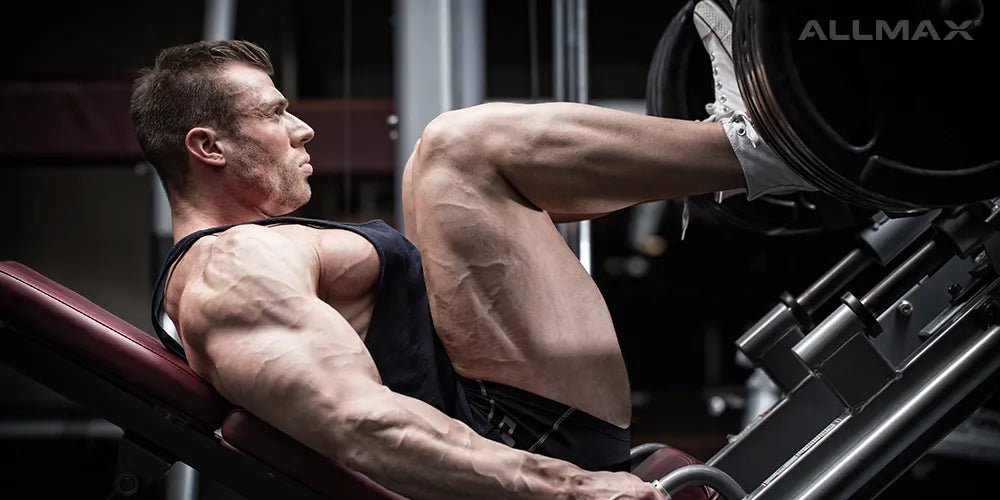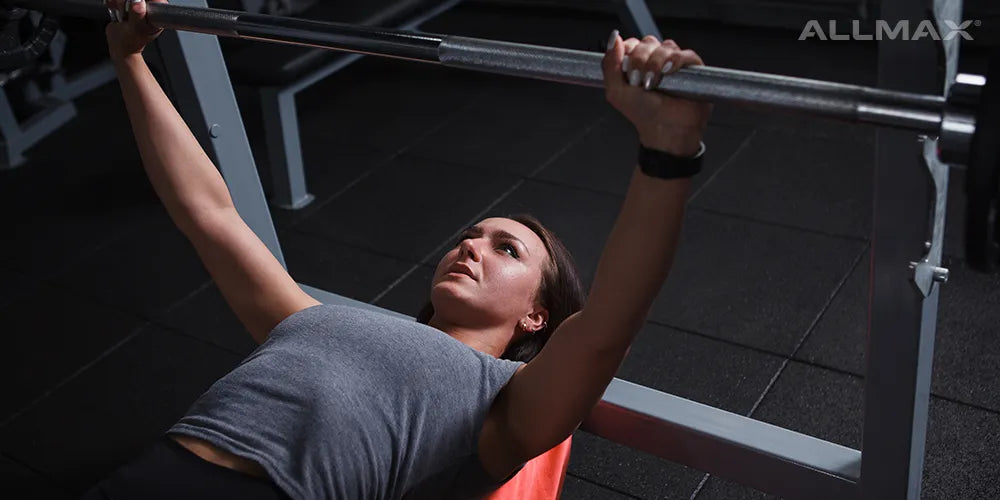So what’s on the gun-building menu for your next arm workout? If you are like many would-be physique champs, chances are your next biceps, triceps and forearms session will include a selection of time-tested standbys: standing dumbbell, barbell and hammer curls, straight bar and/or rope pressdowns, dumbbell kickbacks and overhead extensions. Though each an excellent movement in its own right, and fundamental to building dense musculature through the entire arm region, these exercises should, on occasion, be relegated to secondary status.
IN THE INTERESTS OF PROVIDING AN ADDITIONAL SPARK NEEDED TO PROMOTE CONTINUED GAINS, AND AVOIDING THE DREADED PLATEAU, TRY PRIORITIZING SOME NEW, AND PERHAPS OBSCURE, THOUGH NO LESS EFFECTIVE, ARM TRAINING MOVEMENTS.Our bis, tris, and forearms can be targeted from unaccustomed angles to provide a unique stimulus through which fresh gains in lean mass can be achieved. Hitting the same movements in each training session leads to stagnation. Though our weights may be progressively increased and our rep/set structure modified, the relative amount of stress inflicted on specific muscle fibers will be more or less the same. Sometimes a different set of exercises is called for to seek and destroy untapped muscle fibers to reveal a muscle’s full growth potential.



